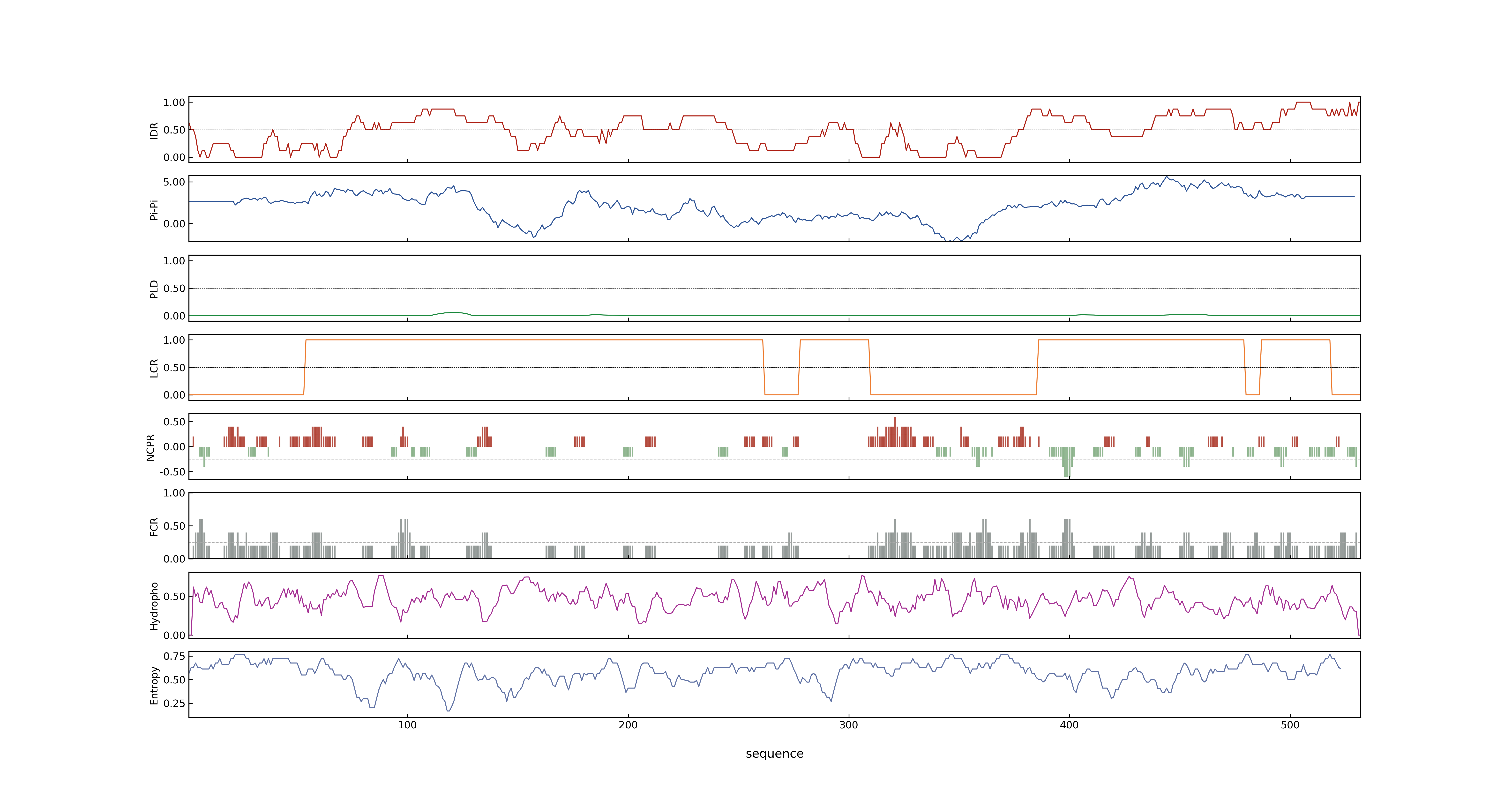- Information
- Symbol: RL9,SLL1
- MSU: LOC_Os09g23200
- RAPdb: Os09g0395300
- PSP score
- LOC_Os09g23200.1: 0.8753
- PLAAC score
- LOC_Os09g23200.1: 0
- pLDDT score
- NA
- MolPhase score
- LOC_Os09g23200.1: 0.99970906
- MolPhase Result
- Publication
- SLL1, which encodes a member of the stearoyl-acyl carrier protein fatty acid desaturase family, is involved in cell elongation in lateral roots via regulation of fatty acid content in rice, 2013, Plant Sci.
- SHALLOT-LIKE1 is a KANADI transcription factor that modulates rice leaf rolling by regulating leaf abaxial cell development, 2009, Plant Cell.
- Isolation and characterization of a rice mutant with narrow and rolled leaves, 2010, Planta.
- ROLLED LEAF 9, encoding a GARP protein, regulates the leaf abaxial cell fate in rice, 2008, Plant Mol Biol.
- Genbank accession number
- Key message
- RL9 is mainly expressed in roots, leaves, and flowers
- The SLL1 gene was expressed at the lateral root tip, whereas SLL1 expression was not detected in the elongation zone of the crown roots
- These results indicate that the lateral root specific defect in sll1 mutant is caused by the different expression patterns of SLL1 in lateral and crown roots
- In this study, we characterized two rice (Oryza sativa) allelic rolled-leaf mutants, rolled leaf 9-1 (rl9-1) and rl9-2, which display very similar phenotypes with completely adaxialized leaves and malformed spikelets
- Here, we show the isolation and functional characterization of SHALLOT-LIKE1 (SLL1), a key gene controlling rice leaf rolling
- SLL1 is transcribed in various tissues and accumulates in the abaxial epidermis throughout leaf development
- Our findings identify the role of SLL1 in the modulation of leaf abaxial cell development and in sustaining abaxial characteristics during leaf development
- An sll1 mutant has decreased lateral root growth due to a defect in the cell elongation
- SLL1 encodes a SHAQKYF class MYB family transcription factor belonging to the KANADI family
- We have identified a gene, SHORT LATERAL ROOT LENGTH1 (SLL1), which is important for the elongation of lateral roots in rice
- In addition, SLL1 over-expressers produced significantly longer lateral roots compared to the wild-type, and thus SLL1 gene would be very useful for improving rice root architecture
- SLL1, which encodes a member of the stearoyl-acyl carrier protein fatty acid desaturase family, is involved in cell elongation in lateral roots via regulation of fatty acid content in rice
- SLL1 deficiency leads to defective programmed cell death of abaxial mesophyll cells and suppresses the development of abaxial features
- We measured the fatty acid content and found that the 18:0 content in the sll1 mutant root was approximately 4 times that in the wild-type root
- The transient expression of a RL9-GFP (green fluorescent protein) fusion protein has indicated that RL9 protein is localized in the nucleus, suggesting that RL9 acts as a putative transcription factor
- Additionally, SLL1 deficiency results in increased chlorophyll and photosynthesis
- Connection
- OsAGO7~shl4~SHO2, RL9~SLL1, Isolation and characterization of a rice mutant with narrow and rolled leaves, NAL7 and SLL1 were found to be upregulated, whereas OsAGO7 were downregulated in the nrl1 mutant
- OsCD1~OsCSLD4~NRL1~ND1~sle1~DNL1, RL9~SLL1, Isolation and characterization of a rice mutant with narrow and rolled leaves, NAL7 and SLL1 were found to be upregulated, whereas OsAGO7 were downregulated in the nrl1 mutant
- RL9~SLL1, SRL2~AVB~NRL2, Semi-Rolled Leaf2 modulates rice leaf rolling by regulating abaxial side cell differentiation., Double mutant analysis suggested that SRL2 and SHALLOT-LIKE1 (SLL1)/ROLLED LEAF9 (RL9) function in distinct pathways that regulate abaxial-side leaf development
Prev Next
